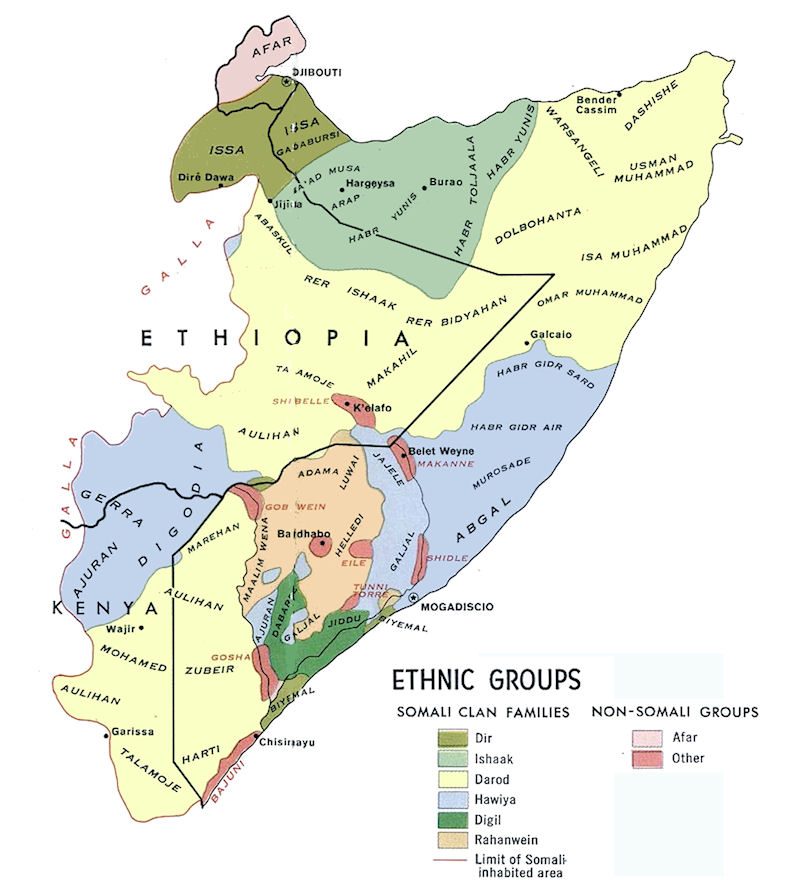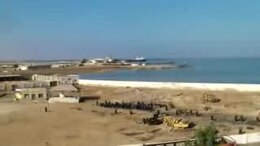I have never gone too indepth in T-M70 so kudos for educating me on your subclades.More of your folks need to do some deep Y-DNA testing lol.
Now if T-M70 are recent (after the Cushite expansions from the Red Sea hills) why haven't they left a genetic footprint on Cushites? Since majority of Cushites are still mainly Neolithic Levantine on our Eurasian except the Ethiopian highlanders who received Semitic admixture (3k years ago) and therefore small amounts of Bronze age Iranian blood/J1-P58 (Iran_CHL)
I am not arguing that T-M70 wasn't present in the Red Sea Hills when the Cushitic expansion into the Horn began. My argument is that Y16897 might not necessarily have been part of that migration considering how young it is estimated to be. The TMRCA of Y16897 individuals could also change as more Yfull tests become available; it is not set in stone. However, as things stand, it appears to be younger than the hypothesised Proto-Cushite expansion dates. We need to explore the subclades of T haplogroup Cushites, including Somalis, and compare it with those found among other populations to obtain a clearer picture. Haplogroup T did not arrive in Africa in one migratory event.
Y16897 is Neolithic but who is to know how its descendant subclades dispersed without further research? It might be found in Bronze Age settlements in the Levant or Southern Arabia. Even if it is found in Bronze Age settlements, we still need to explore which of its subclades were formed around that time. For instance, the formation date of J-P58 is calculated to be older than the Bronze Age but some its subclades can be dated to the Bronze Age.
In my previous post, I should have placed more emphasis on Yfull tests than the FTDNA predicted subclades. Apologies. For confirmed SNP's, explore the Haplogroup T Yfull test results. You will observe that most Africans do not belong to Y16897. They mainly belong belong to subclades downstream of CTS2214. We definitely need HG-T Cushites to do the Yfull test.
















